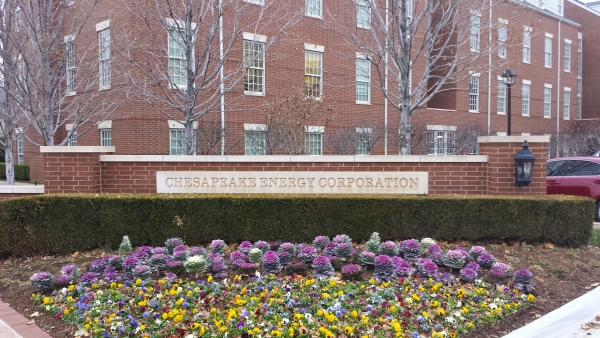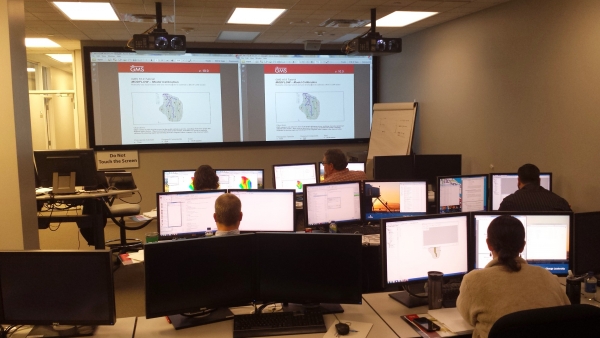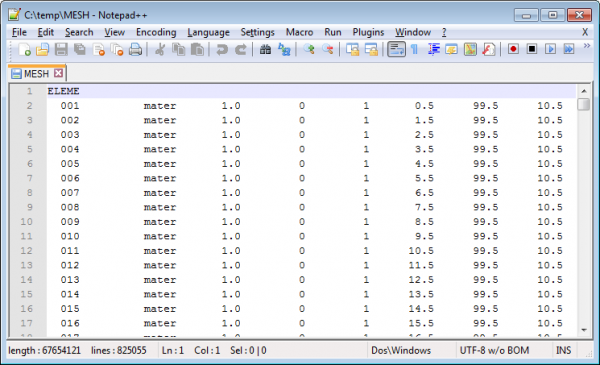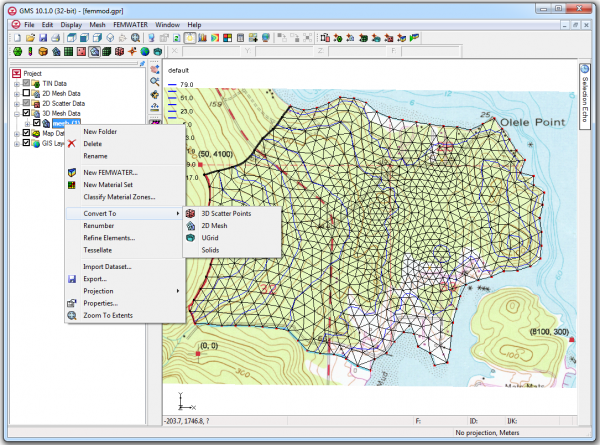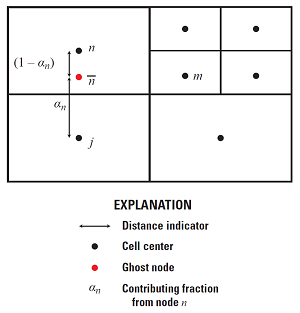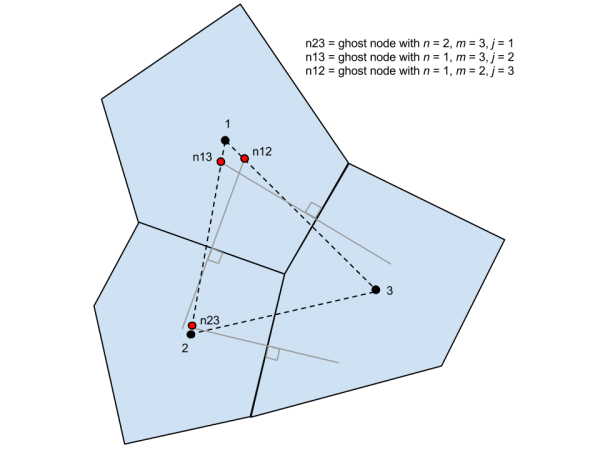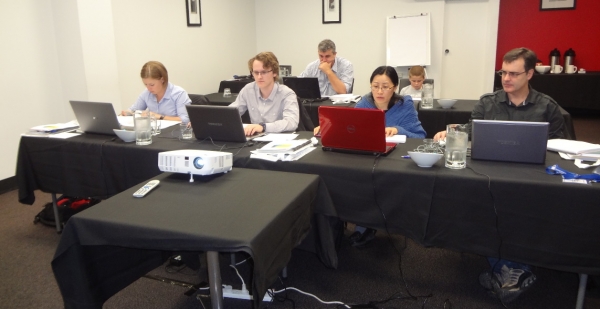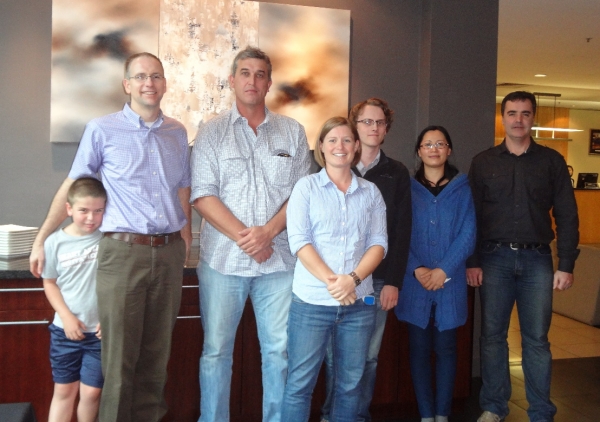GMS Sprint December 2014
By mkennard@aquaveo.com on January 6, 2015- GMS training course in Oklahoma
- Finish implementing, documenting and testing Natural Neighbor interpolation for UGrids
- Caching of UGrid cell centers
- Isosurfaces for UGrids
- Progress on database dialog
- Progress on new datasets to be used with VTK
